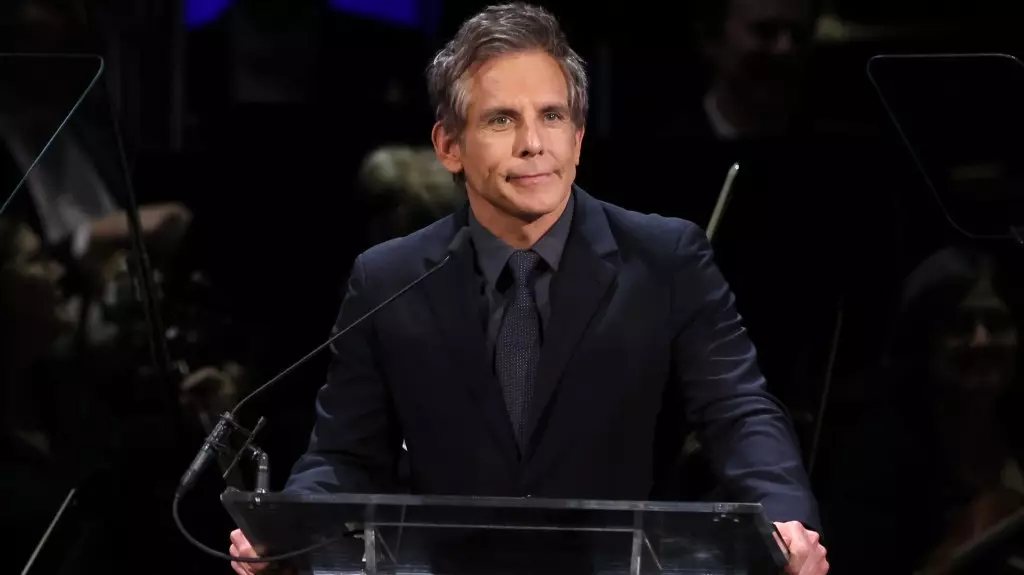Ben Stiller’s insights regarding Apple TV+’s ‘Severance’ provide an intriguing lens through which to examine the discontent and disarray prevalent in the entertainment industry. In a recent discussion with the New York Times, Stiller articulated parallel themes between the show’s narrative—where employees sever their identities into distinct work and home personas—and the creative struggles faced by Hollywood’s professionals. His assertion highlights a systemic issue: decision-makers can be detached from those they govern, leading to a pervasive sense of disempowerment.
Stiller cleverly personifies the reality of many creatives, stating that pivotal decisions affecting them often come from unseen individuals, making the Hollywood environment feel alienating. This disconnection reflects starkly in the series, where the protagonists are trapped in a surreal corporate structure that strips them of their agency. The character Helly, played by Britt Lower, serves as a catalyst for change, challenging the status quo and inviting her coworkers to question their grim reality. Her challenges resonate with the frustrations creative individuals face in a corporate landscape constantly changing and often opaque.
Challenges of the Current Landscape
In the same vein, Stiller draws attention to the heightened challenges currently beleaguering Hollywood. His remarks shed light on the ramifications of industry crises, particularly the strikes and post-COVID complications that have dramatically altered production dynamics. Stiller’s claim that decision-makers prioritize job security over creative ambition encapsulates a troubling trend, wherein risk-averse strategies overshadow innovative storytelling.
As costs escalate and resources dwindle, the very fabric of creativity in Hollywood is at stake. Stiller’s commentary reflects a broader discomfort among creatives who desire to tell authentic stories but find their voices muffled by market demands and corporate hierarchies. This environment has bred an atmosphere of mistrust, where enthusiastic nods often conceal indecision. Even though flashy deals and contracts may be in place, the execution often leans towards the safe and formulaic, compromising the story’s heart and soul.
The Broader Implications
The implications of Stiller’s observations extend far beyond the realm of ‘Severance’. They touch upon a crucial issue within the creative ecosystem, whereby individuality threatens conformity and struggle for survival in an increasingly competitive arena. Each new project is met with hesitance, stemming from the fear of financial failure—even before a concept has the chance to flourish.
Moreover, ‘Severance’ serves as a vehicle to explore such themes—its eerie corporate atmosphere, populated by characters like Adam Scott and John Turturro, acts as a microcosm of today’s creative climate. As the show prepares to unveil its second season, we are reminded of the importance of questioning authority and striving for agency in a landscape that often values profit over passion.
In light of these observations, ‘Severance’ becomes more than a narrative about the absurdity of modern work culture; it mirrors the creative aspirations, frustrations, and dilemmas of those battling for their voices within the convoluted corridors of Hollywood. As viewers await the second season, they are invited to reflect on the fractured dynamics of creativity, productivity, and identity that define both the series and the industry it critiques.
